We’re now right smack in the middle of World Cup month, and this time round presents an interesting twist compared to the last few World Cups of 2014 and 2010. After the defeat of major players and team favourites from the likes of Germany, Spain, and Argentina having had to pack up their bags and head on home, the underdogs have risen to contest the title much to the surprise of the globe. No doubt that the World Cup is quite literally the biggest sporting event in history, having attracted over a billion viewers worldwide and is the premier front for brands to debut new footwear onto the pitch, featuring some of the most technologically advanced boots to have ever graced the field, but it wasn’t like this in the beginning. Way back when some 200 years ago, football came from humble beginnings, and from there, began a footing that would enable players to perform and breach new limits with every innovation. We detail the history of one of the world’s most recognisable silhouettes, the football boot.
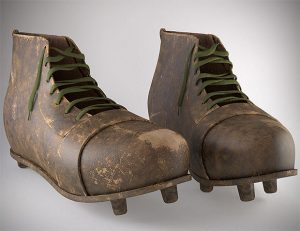
We begin or journey in Britain, where football was an immensely popular sport amongst the factory workers. Back then, people would simply play in their work boots, meaning not only were they bulky and weighed quite a bit, it was also a painful contact sport, in the sense that if you get tackled with steel toed boots, it’s not gonna be a pretty sight for the victim. Later on, studs were added to the outsole in an effort to increase grip in the field.
Subsequently, the sport grew enough to warrant it’s first purposed design boot, which featured thick leather and support up to the ankle for protection. If last season’s PUMA EvoSpeed SL weighed 99 grams on one size, the boots of the 19th century weighed 5 times more, and would double in weight when played in the wet.
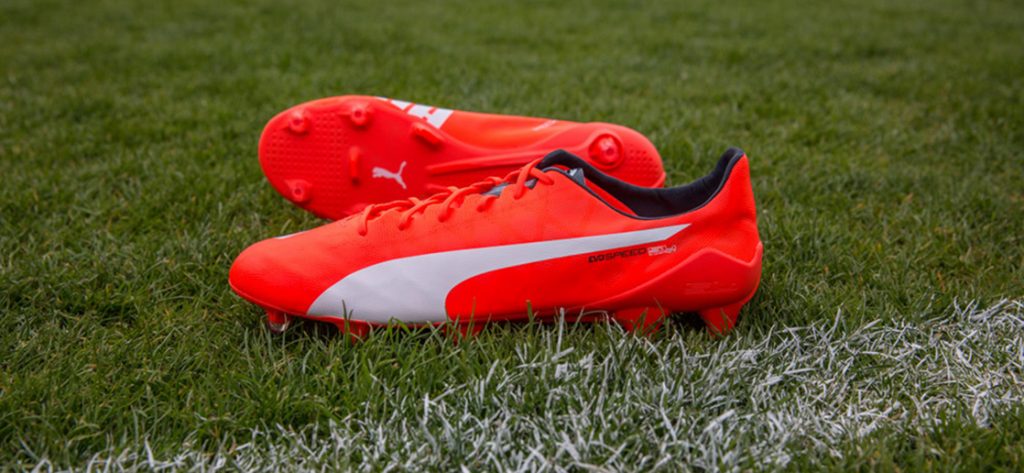
PUMA EvoSpeed SL
Then World War 1 and World War 2 happened, so there wasn’t much focus on the sport, but it did however carry a significant development during the trying times, because in this period, the football wave was hitting South America, and hitting hard. The drier pitches in more barren climates of Chile, Uruguay and Argentina meant that the traditional approach by the Brits were not viable as the British weather was not present and industrial socioeconomic background was vastly different than the one up north, hence boots were lighter, more aerodynamic, and are more communicative when dribbling compared to their British counterparts.
However, it wasn’t until 1954 that one innovation shifted the landscape in the footballing world. Hungarians held the lead for the first half of the game, Otherwise known as the ‘Golden Team,’ led by Ferenc Puskas, in the final at Wankdorf Stadium, Bern. The Germans have been the underdogs during this rendition of the World Cup, having clawed their way to the final only looking to be put down by Hungarian players in the early stages of the game. However, environmental factors were played towards their advantage.
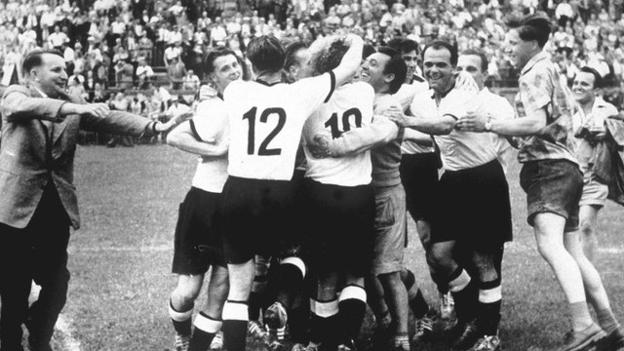
It was raining heavily, subsequently turning the pitch into a bog, muddy, and unpredictable. Adi Dassler, founder of Adidas, had fitted the players’ boots with screw-in studs to help the team adjust to the ongoing weather conditions, and for this particular match, had been outfitted with longer than usual studs to compensate for the loss of grip during torrential rain conditions without compromising the agility of the boot when the Hungarians had to settle for wet weather ones. The results shocked everyone, German pulled a last minute comeback, nailing another goal for the final score to end at 3 – 2, ending Hungary’s unbeaten run in the World Cup. The match was dubbed, the ‘Miracle Of Bern’ as a result.
The significance of this match in relation to the boots?
Remember previous designs in Britain which had ankle support, were heavy and thick? All of that was scrapped, in favour of lightness, agility, and ball control. Research and development allowed leather to be thinner and more durable as a result. Boot sponsorships too were more common now, with other manufacturers wanting top athletes representing their product. Adidas then cemented itself as the Big Brother with the release of the Copa Mundial in the 1980s, a boot made from kangaroo leather which is softer, extra support on the heel and shorter stud design for the hard pitches of the Spanish World Cup. The boot still holds the record for the highest selling boot of all time.
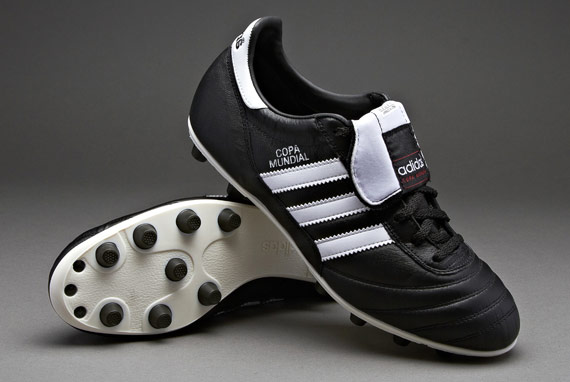
This was then followed up by the now legendary Adidas Predator, the first athlete designed boot devised by Craig Johnston, adding rubber on the upper for more precise control of the ball. Adidas rejected it at first, but after persuading star names to demo the boot, they were eventually convinced, and the Three Stripes bought the rights to it, which then proceeded to cement itself as one of the most legendary boots of all time. Around this period, Nike too was up and coming in the football segment, with the Tiempo, and Mercurial being favourites on the pitch.
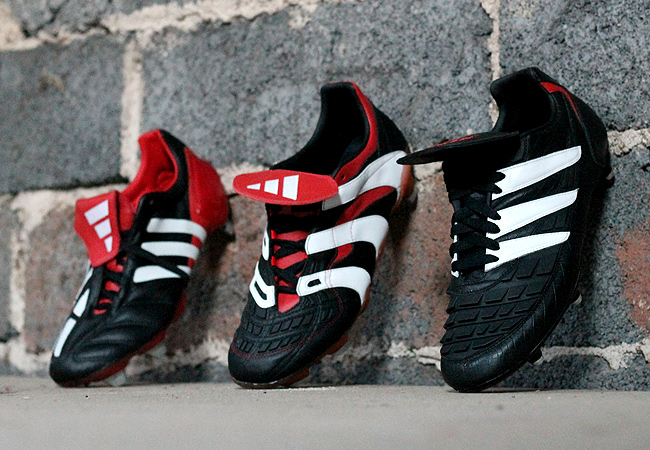
While physical changes were aplenty to increase the performance and breach limits, colour has remained the same for the past century: black on black, until only 30 years ago that more eye-popping colours were added into the mix.
Now, in the new age, boots are commonplace and new tech pops up every now and then. We’ve mentioned the EvoSpeed SL, featuring an ultra thin body mated to a one piece stud composite that promises no compromised in performance at the cost of only lasting 10 games. Nike has put knitted collars for stronger support without sacrificing weight and Adidas now is fronting a laceless design that gives superior lockdown to the midfoot.
Designs of the boot has spilled over into high fashion too. The likes of Off-White creating the Zoom Fly Mercurial Flyknit, KITH with the Ace 16+ Predator Boost, and Gosha Rubchinsky’s Ace Primeknit Sneakers are just some on the luxury roster.
From work boots, to purpose built game cleats, the football boots have come a long way since the 18th century, and it’s only getting better from here on out.






